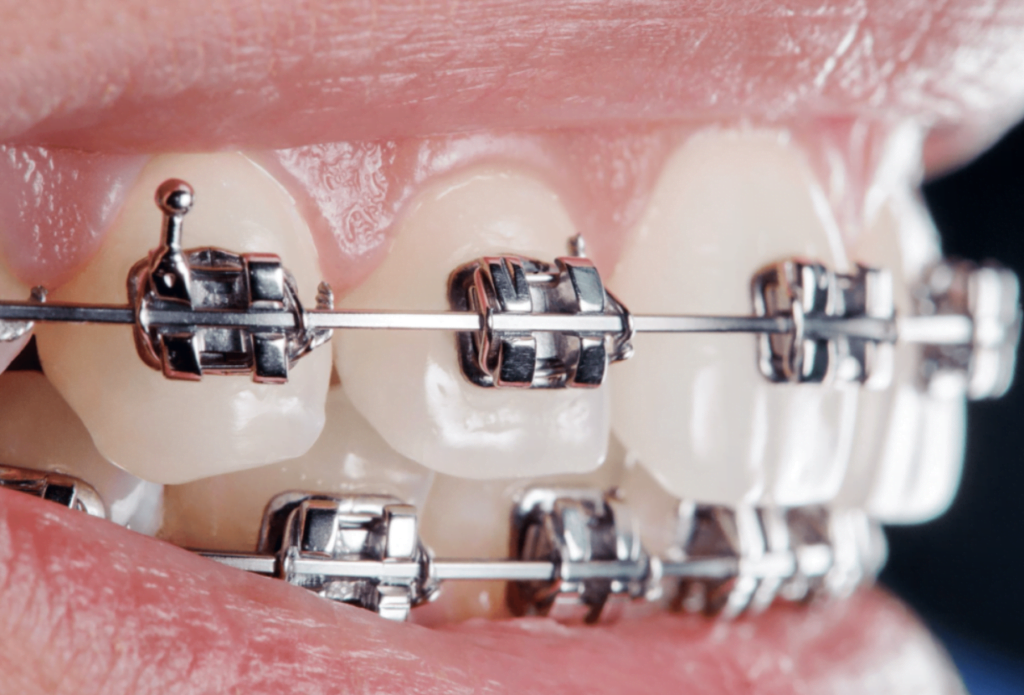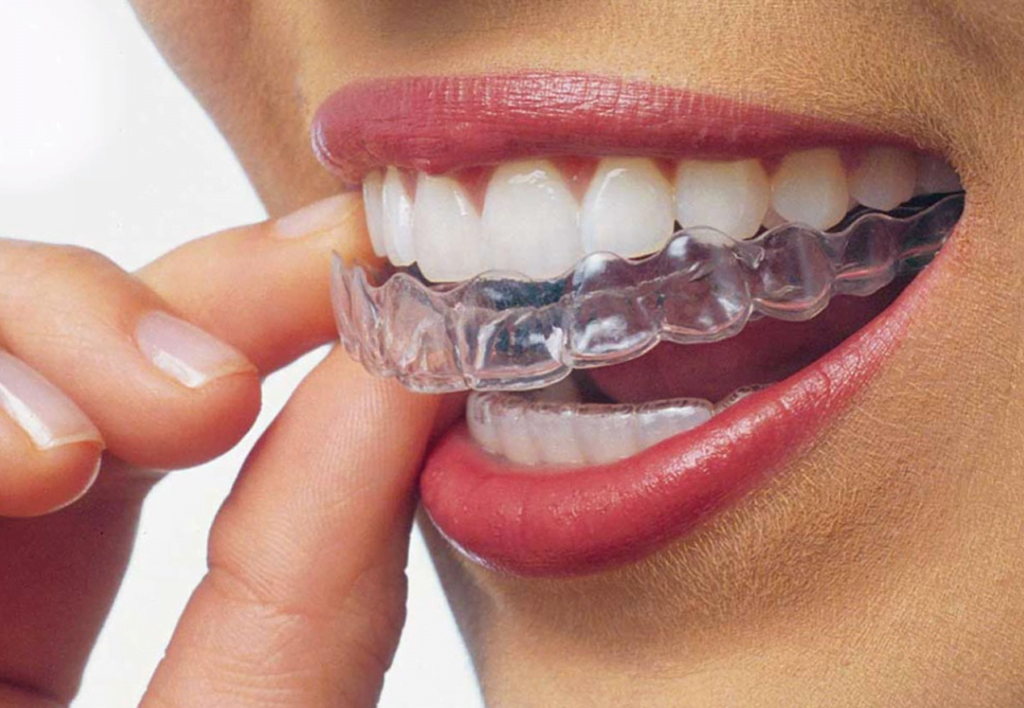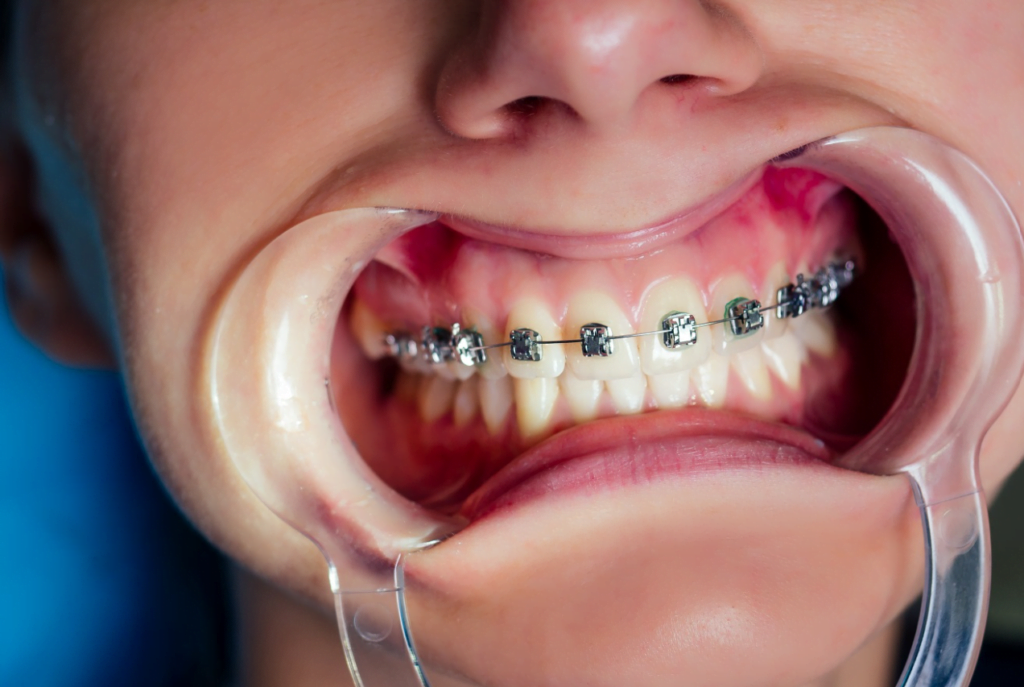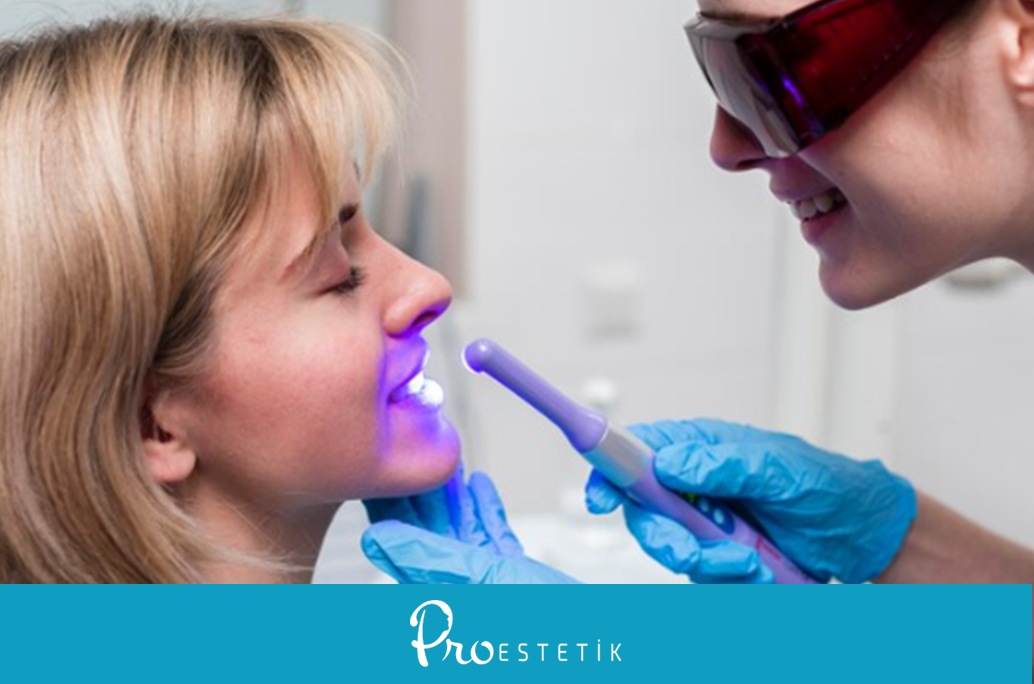What is orthodontics? Orthodontics is a branch of dentistry. It is a specialty that deals with the improvement and harmonious alignment of the teeth and jaw structure. In addition to detecting and treating jaw and dental problems, orthodontics also treats facial disorders.
The age at which treatment is started is very important in orthodontics. While problems such as crowding and/or discrepancy between teeth can be treated at any age; treatment should be started at an early age for problems that occur or may occur in the skeletal structure of the person.
What is Orthodontics?
Orthodontics, a branch of dentistry, deals with the improvement and alignment of teeth and jaw structure in a harmonious manner. It is a specialization area that involves the detection and treatment of jaw and dental problems as well as addressing facial irregularities.
Orthodontic Problems: Causes and Types

Orthodontic issues can arise due to various reasons such as finger sucking, skeletal problems, nail biting, pushing front teeth with the tongue, gaps from missing teeth, size of upper and lower jaws, facial and mouth traumas, and early childhood tooth loss.
How is Orthodontics Treated?
Orthodontic treatments are divided into two main categories: fixed and removable. The appropriate treatment is decided after a doctor's evaluation of the patient's age and oral/dental structure.
Fixed Orthodontic Treatment
Fixed orthodontic treatments are completed using dental braces. There are different types of braces available depending on the patient's condition and preferences:
- Metal Braces: The most common and least expensive type where metal brackets are bonded to teeth and connected with wires to correct misalignment.
- Clear Braces: Alternative to metal braces, they are less noticeable due to their transparent color but work similarly to metal braces.
- Lingual Braces: Placed on the inner surface of teeth, they are not visible externally but may take longer for treatment and could be more costly.
Removable Orthodontic Treatment

Removable orthodontic treatments allow for easier movement during treatment. These appliances can be easily inserted and removed by the patient:
- Acrylic Plates: Primarily used in children, these help expand the jaw and correct skeletal disorders. They are removable, providing comfort to the patient.
- Clear Aligners: Preferred by adults, these transparent aligners are used to correct teeth misalignment and gaps without the use of traditional braces.
Duration of Orthodontic Treatment
The duration of orthodontic treatments varies from patient to patient. While minor issues can be resolved within a few months, more severe problems may take between 1.5 to 3 years to treat.
Consequences of Not Undergoing Orthodontic Treatment

Untreated orthodontic problems can lead to various issues including aesthetic concerns, dental and jaw pain, chewing difficulties, tooth wear and damage, and periodontal problems.

 English
English Turkish
Turkish Deutsch
Deutsch العربية
العربية![[:en]What is Orthodontics? How is the Treatment Implemented?[:tr]Ortodonti Ne Demek? Tedaviler Nasıl Uygulanır?[:de]Was ist Kieferorthopädie? Wie wird die Behandlung durchgeführt?[:ar]ما هو تقويم الأسنان؟ كيف يتم تنفيذ العلاج؟[:] ortodonti nedir](https://proestetik.com.tr/wp-content/uploads/2023/07/ortodonti-nedir.png)










